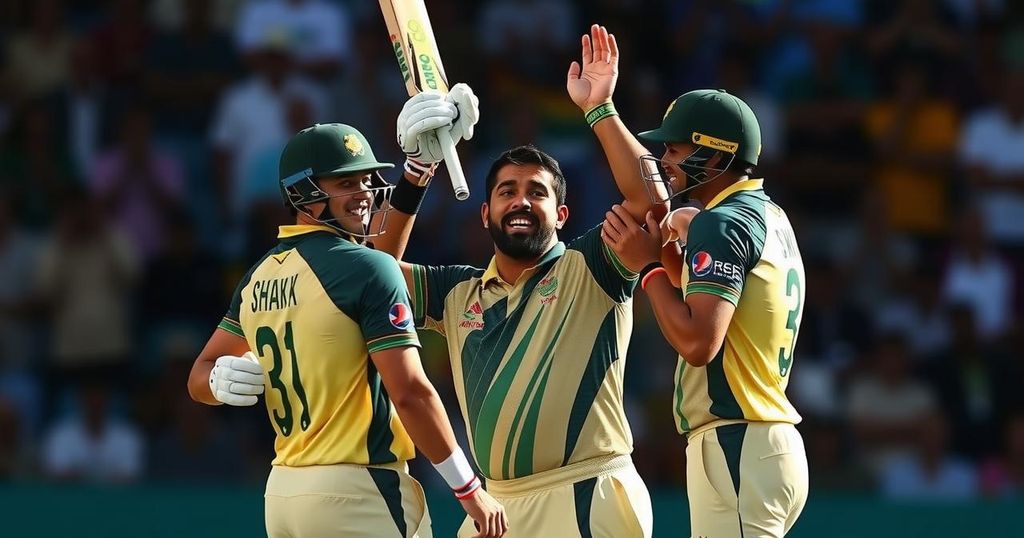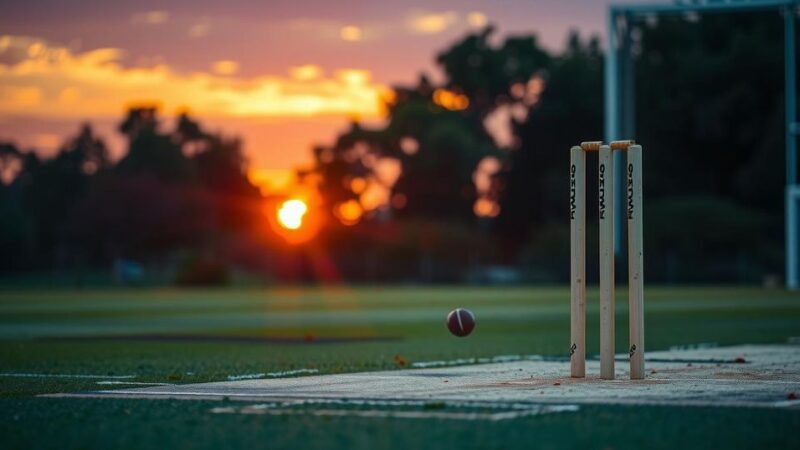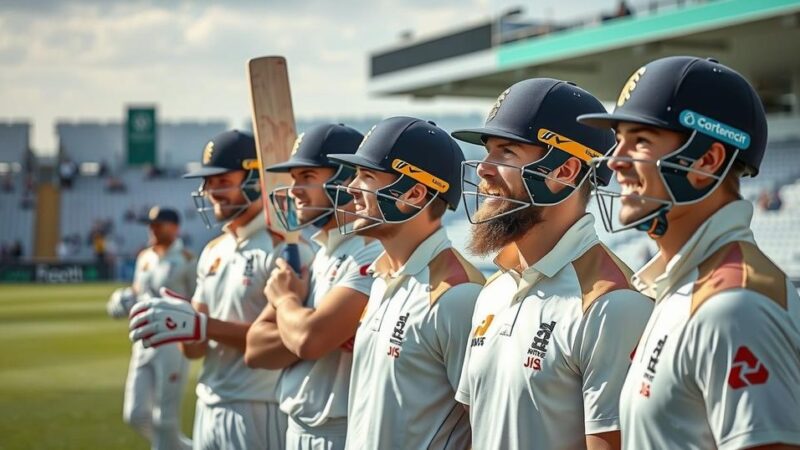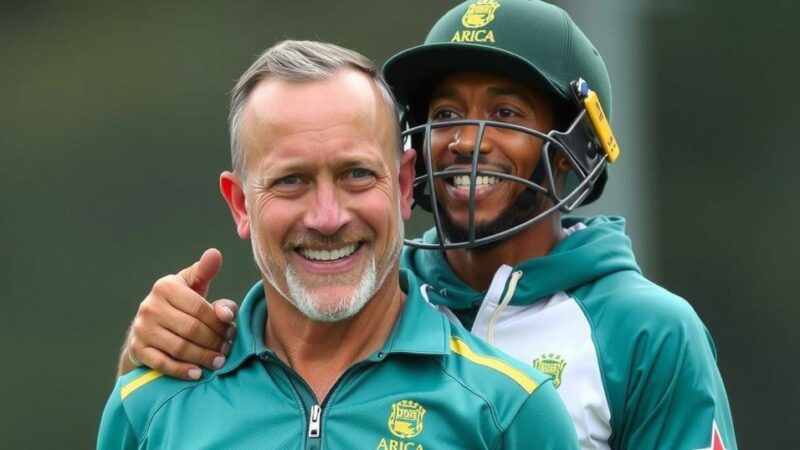Sri Lanka faced a historic defeat in their cricketing history, bowled out for 42 by South Africa in Durban. This total is the lowest in the history of Sri Lanka’s men’s Test cricket. The innings lasted just 83 balls, making it the second shortest on record. Marco Jansen excelled for South Africa with 7 wickets for 13 runs.
In a historic low for Sri Lankan cricket, the national team was dismissed for a mere 42 runs by South Africa in Durban, marking the lowest innings total in the history of their men’s Test team. The match, a part of the first Test on day two, saw Sri Lanka chasing South Africa’s first innings score of 191 but succumbing after just 13.5 overs, with only Kamindu Mendis and Lahiru Kumara reaching double figures, contributing 13 and 10 runs respectively. Marco Jansen delivered a remarkable performance, achieving career-best Test figures of 7 wickets for 13 runs in 6.5 overs, while his teammates Gerald Coetzee and Kagiso Rabada supported with 2 for 18 and 1 for 10.
Test cricket has a long history of remarkable highs and lows, with batting collapses sometimes leading to extraordinarily low scores. Sri Lanka’s previous record for their lowest Test innings was 71 runs against Pakistan in 1994. Historically, teams have achieved lower scores than 42 runs on only eight occasions. The magnitude of Sri Lanka’s loss is further emphasized by the fact that this innings lasted just 83 balls, ranking it the second shortest in men’s Test cricket history. The record for the shortest innings belongs to South Africa, who were bowled out for 30 runs against England in 1924.
This match will remain a profound point of discussion in the cricketing world, as Sri Lanka now holds the unfortunate distinction of posting their lowest ever Test innings total. The exceptional performance by South Africa’s bowlers, particularly Marco Jansen, coupled with Sri Lanka’s inability to withstand the pressure, has set new records in both the historical context of the game and the ongoing narrative of their cricketing abilities.
Original Source: www.bbc.com







